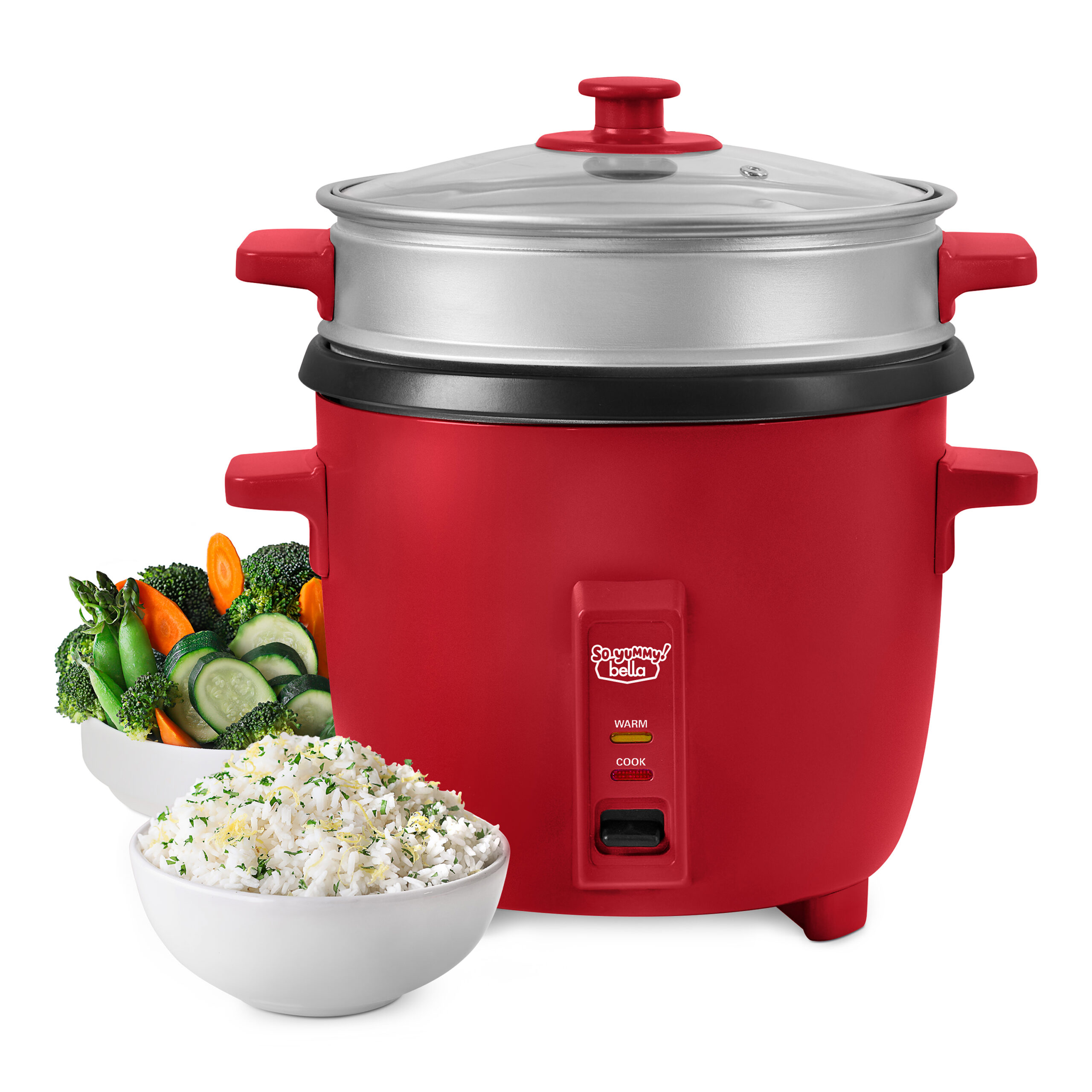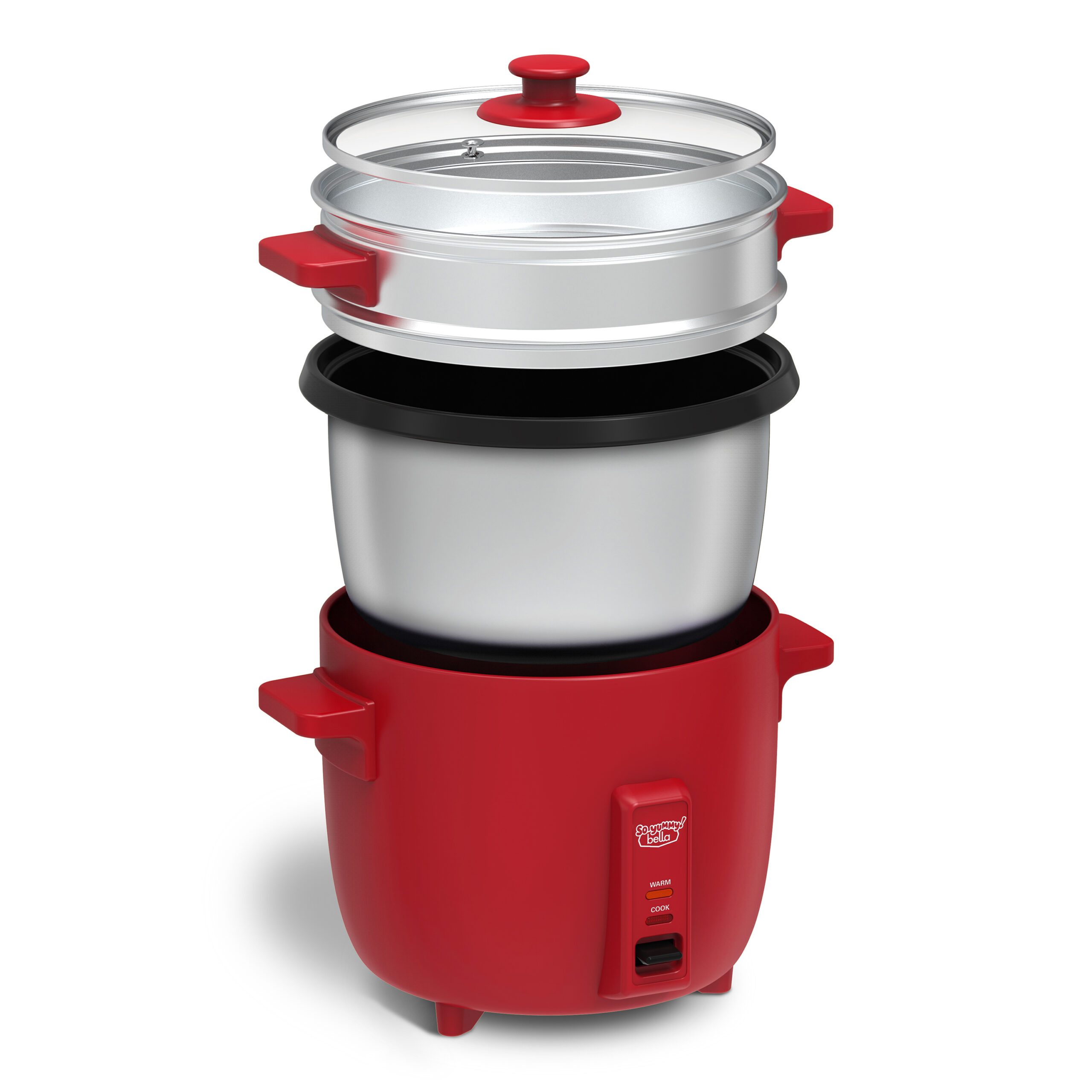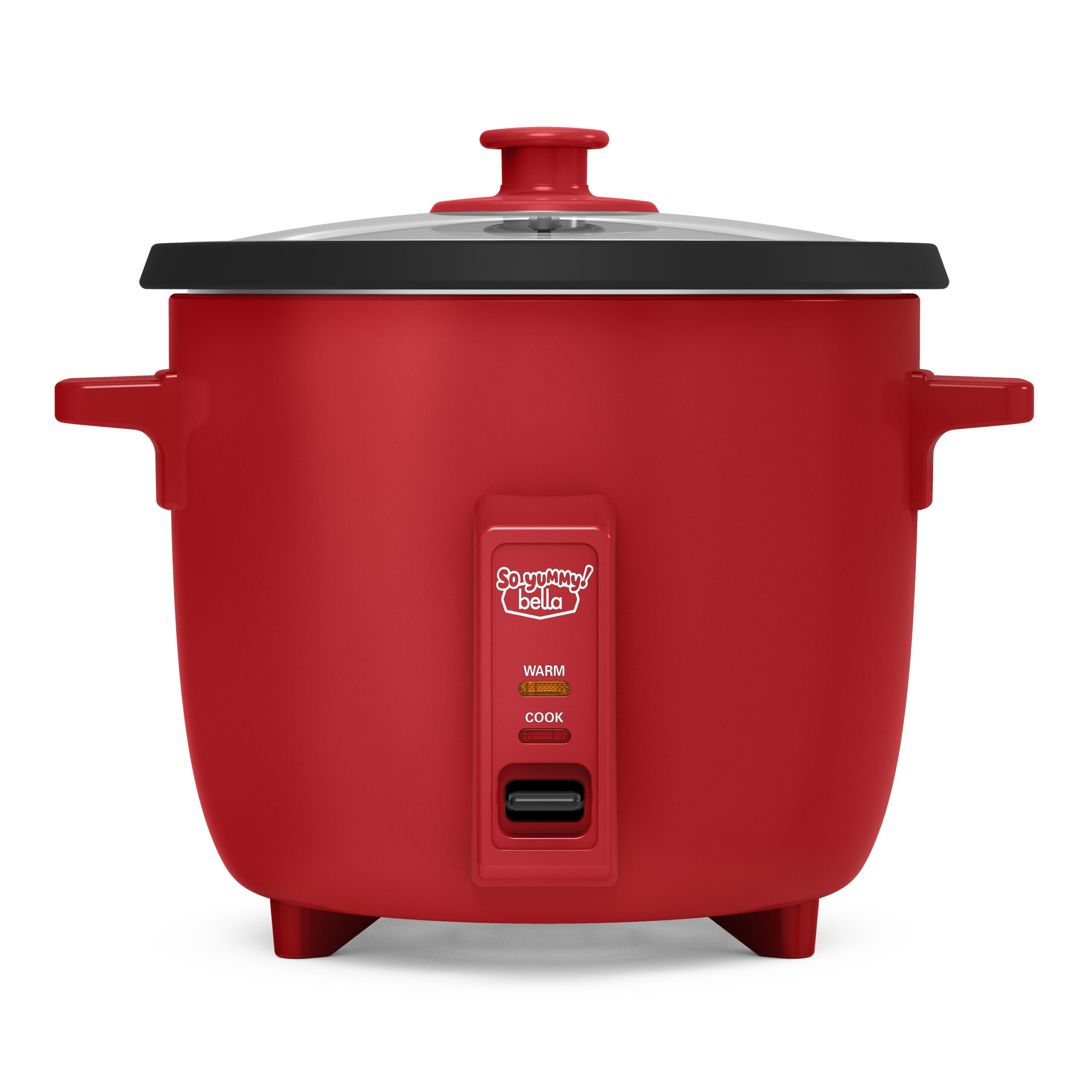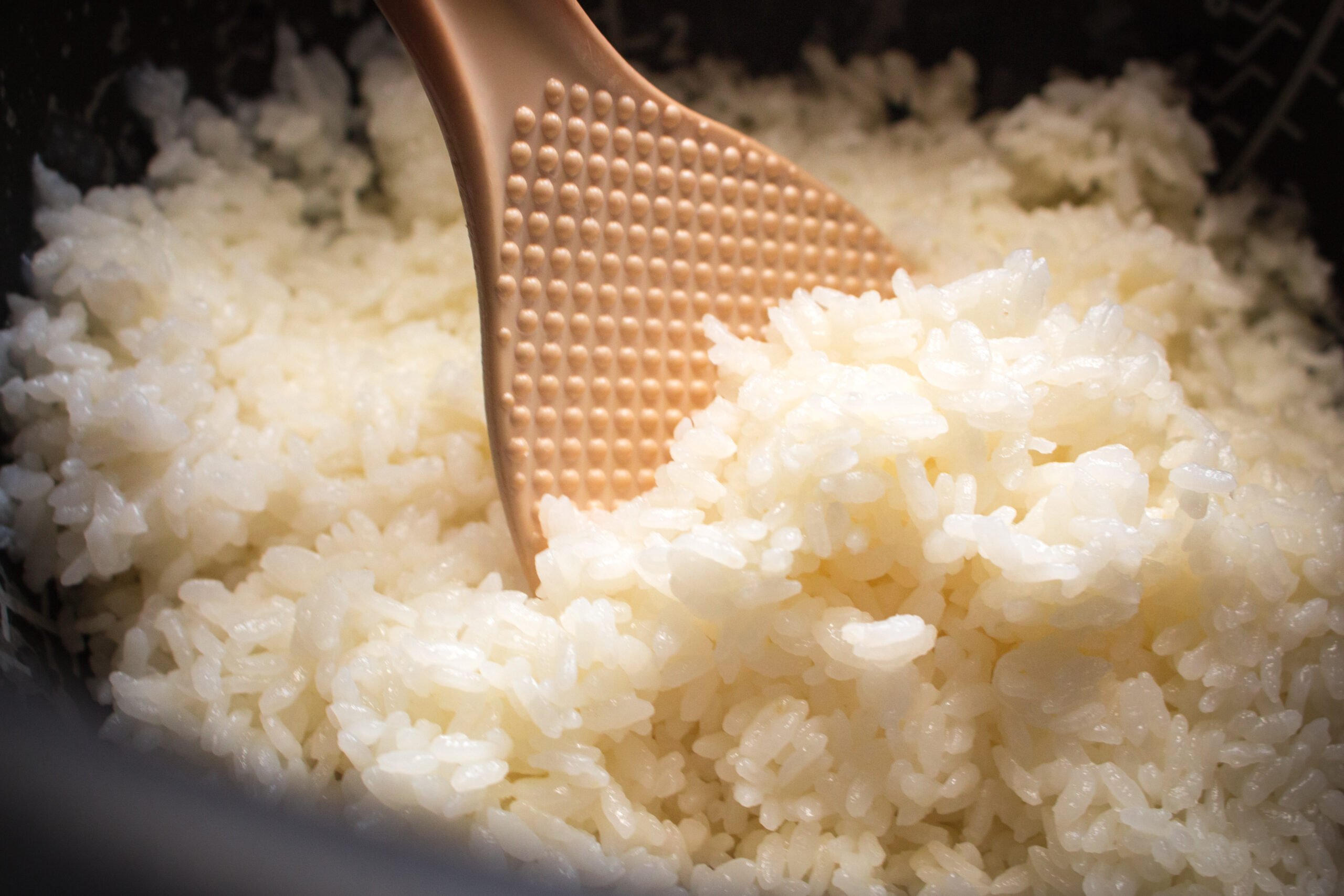Rice Cooker Cooking Technique: Mastering the Art of Cooking With a Rice Cooker or Steamer
How a Rice Cooker Works
A rice cooker operates on the principle of using heat and steam to cook the grains evenly. The cooker typically consists of an inner pot with a nonstick coating, a heating element, and a thermostat. When using one, the first step is to measure the desired amount of rice and water and add them to the pot. The cooker then uses its built-in sensors to detect the moisture and temperature levels. Once the water reaches boiling point, the cooker automatically switches to the “cook” mode, where the temperature is maintained to ensure the rice is cooked thoroughly.
Pros and Cons of Using a Rice Cooker
Using a rice cooker has several advantages. Firstly, it saves time and effort as it eliminates the need for constant monitoring and stirring. With the automatic cooking feature, you can set it and forget it, allowing you to multitask in the kitchen. Secondly, a rice cooker ensures consistently cooked rice with fluffy and separate grains. It takes away the guesswork and produces perfect results every time.
However, there are some limitations to using a rice cooker. One drawback is that it requires an electrical outlet, which may limit its portability. Additionally, rice cookers may not be suitable for cooking other dishes, such as steaming vegetables or making soups. They are primarily designed for cooking rice, although some models may have additional features for versatility.

Rice Steamer Cooking Technique
How a Rice Steamer Works
A rice steamer operates on a simple principle of using steam to cook the rice. The steamer consists of a base unit that holds water and a removable steaming basket or tray where the rice is placed. To cook rice in a steamer, water is added to the base unit and heated to generate steam. The steam rises and circulates around the rice in the steaming basket, cooking it slowly and evenly. This gentle steaming process helps retain the nutrients and moisture in the rice.
Pros and Cons of Using a Rice Steamer
Like rice cookers, rice steamers can also be versatile. They can often be used for steaming other foods such as vegetables, fish, or dumplings, and are also pretty hands-off. However, there are some cons. One limitation is the lack of control over the cooking process. Unlike a rice cooker, which often has different settings for different types of rice, a steamer usually has a single setting. This may result in less flexibility in achieving desired rice textures.
Differences in Cooking Time: Rice Cooker or Steamer
Rice cookers typically take less time to cook rice compared to rice steamers. This is because rice cookers use a combination of heat and steam to cook the rice, whereas rice steamers solely use steam. The heat in rice cookers helps to speed up the cooking process, resulting in quicker cooking times than steamers. The type and quantity of rice being cooked can play a role in the cooking time. Brown rice, for example, generally takes longer to cook than white rice. The water-to-rice ratio is another big factor, regardless of whether you’re using a rice cooker or steamer.
Furthermore, the power and settings of your specific appliance can influence the cooking time. Some models may have different cooking modes or options for different types of rice, which can affect the cooking time. It’s important to follow the instructions provided with the appliance to ensure the desired cooking time is achieved.

Differences in Texture and Taste
Texture Differences in Rice Cooked in a Rice Cooker and a Rice Steamer
Using a rice cooker or steamer can yield slightly different textures in the cooked rice. A rice cooker, for example, uses a combination of heat and steam to cook the rice. This method results in fluffy and separate grains of rice, making it ideal for dishes like fried rice or pilaf.
On the other hand, a rice steamer steam-only cooking process is a lot gentler on the grains. This results in moist, sticky rice. The steamer is commonly used for dishes like sushi or sticky rice desserts, where a sticky texture is desired. Ultimately, whether you prefer fluffy or sticky rice largely depends on personal preference and the type of dish you are preparing.
Taste Variations in Rice Cooked Using Different Methods
When using a rice cooker, the direct contact of the rice with the heat source enhances the natural flavors. The result is a slightly nutty and aromatic taste that complements a wide range of dishes. This method also allows for the absorption of other flavors, such as herbs or spices, if added during the cooking process.
In contrast, a rice steamer relies solely on steam to cook the rice, preserving the natural flavors of the rice without any additional enhancements. The steamer’s ability to retain moisture ensures that the rice remains moist and flavorful. Whether you prefer the enhanced flavors of a rice cooker or the pure, unadulterated taste of a rice steamer, both methods guarantee a delicious bowl of rice to accompany your favorite meals.

Choosing the Right Appliance for You: Rice Cooker or Steamer
Think about the type of rice you usually cook. If you primarily cook white rice, a rice cooker might be sufficient for your needs. Rice cookers are designed to cook all types of rice, including white, brown, and even sushi rice. On the other hand, if you often cook a variety of grains or prefer steamed vegetables along with your rice, a rice steamer would be a better choice. Rice steamers typically come with additional steaming trays that allow you to cook vegetables, seafood, and even dumplings simultaneously.

